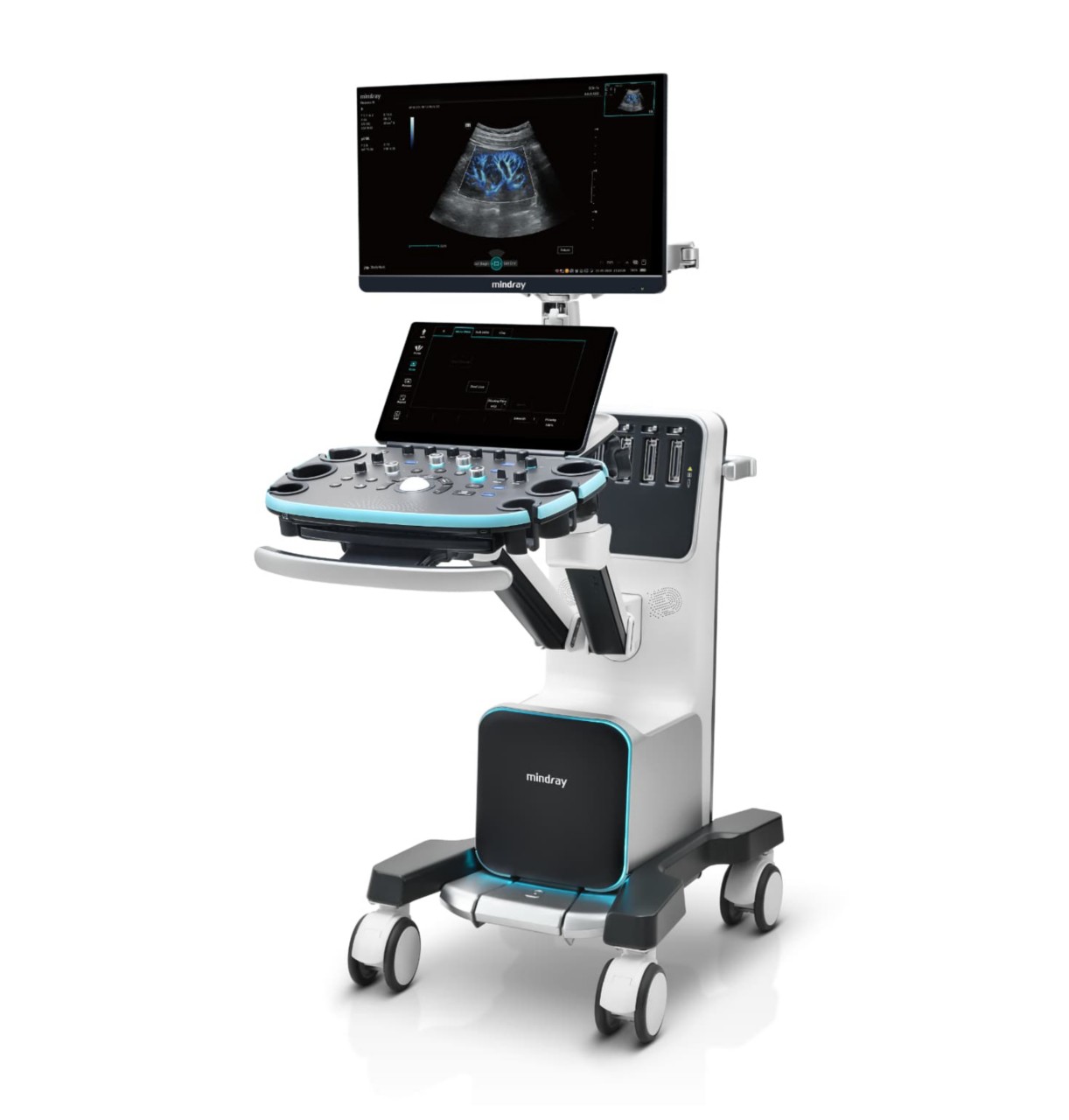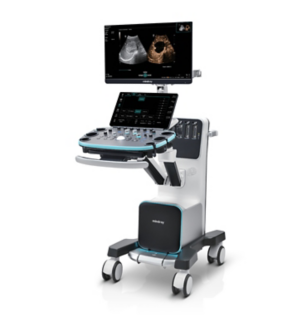Ultrasound Journal 35 - Correlation between Splenic Stiffness by Elastography and Esophageal Varices in a Patient with Hepatic Cirrhosis: Presentation of a Clinical Case
2025-04-28

Special thanks for Dr. Claudio Montenegro.
Deputy Director of Clinical Support Units, Hospital Sótero del Río, Santiago de Chile.
Introduction:
We present the case of a patient with alcoholic liver cirrhosis, undergoing screening for hepatocellular carcinoma. Two-dimensional shear wave elastography (2D-SWE) and Mindray´s Resona I9 system was used to assess splenic stiffness and correlate it with the degree of portal hypertension. Elevated splenic stiffness results correlated with the presence of large esophageal varices, highlighting the utility of elastography as a non-invasive method for studying hypertension-related complications.
Clinical Case:
A 67-year-old female patient with compensated alcoholic liver cirrhosis. Undergoing regular medical treatment and follow-up.
Ultrasound Evaluation:
The patient underwent ultrasound examination for hepatocellular carcinoma screening, which yielded negative results (US-LR 1) (Figure 1, image from the screening protocol).

An elastography shear wave was performed on the spleen. Five measurements were taken, and the obtained values indicated a mean splenic stiffness of 35.18 kPa, with an IQR/median ratio of less than 30%. (Figure 2)

Upper Digestive Endoscopy:
An upper digestive endoscopy was performed and revealed the presence of large esophageal varices (Figure 3), which is correlated with the high values of splenic stiffness.

Discussion:
Portal hypertension and the presence of esophageal varices are complications of advanced hepatic fibrosis and although there is no consensus on splenic stiffness cutoff values applicable to the at-risk population, according with literature, this parameter shows a better correlation with the degree of portal hypertension compared to liver stiffness. Standardization of these values would improve elastography's ability to predict complications and guide clinical decisions in the management of patients with chronic liver diseases.
Conclusion:
This clinical case highlights the importance of shear wave elastography as a promising tool in the evaluation of portal hypertension in patients with hepatic cirrhosis. However, it is crucial to recognize the need for additional clinical studies to establish specific cutoff values for splenic elastography.

